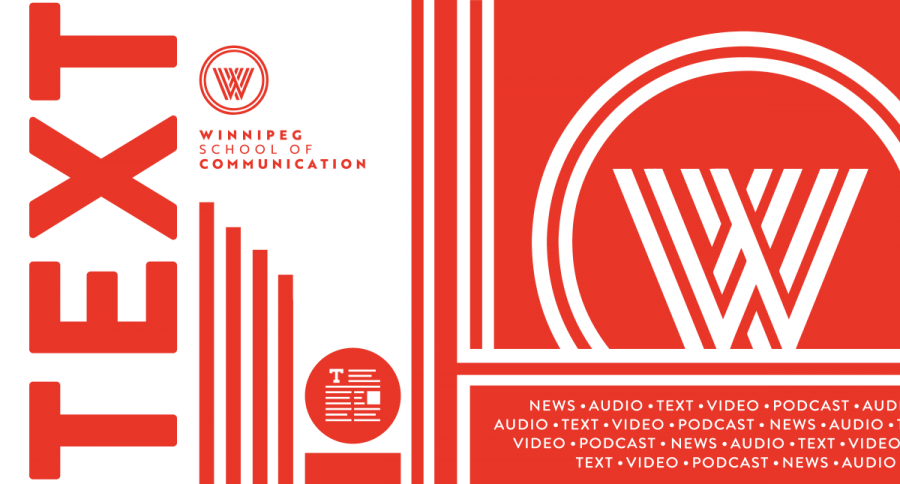
Open-ended Questions
There’s nothing like an open-ended question to get the conversation going. Yet, so often, when we ask for contributions from others, we subconsciously pose our questions in a closed way. We end up in the dreaded loop of “yes” or “no” responses, and start feeling like a dentist pulling teeth. In the classroom setting, this phenomenon is aggravating for students and teachers alike.
It might seem obvious, but good pedagogy suggests that teachers ask the open-ended question as a jumping-off point for students to explore their own ideas and knowledge. It is also an important tool in conflict resolution because it builds bridges between people in a context of sharing. Whether a response is written or spoken, the open-ended question is key to unlocking the hidden, the creative, and the innovative.
So how do we make sure a question is open-ended? Easy. It’s all encoded in the syntactical structure of our query. An open-ended question can never begin with “can”, “do”, “could”, “would”, or “should”. These modal inversions, as question tags, trigger the polar responses “yes” or “no”. Our questions should start instead with words like “how”, “what”, and “why”. These question tags require thoughtful and detailed responses.
It’s all about intention. Sometimes we want a yes or no answer because we want the shortest, least complicated route to essential information: “Do you want to go to a movie tonight?”. But if we want social discourse and an opportunity to discover the inner thoughts of another, we have to formulate our questions differently. We must not ask “Did you like the film?”, but “What did you like about the film?” or, even better, “What did you think of the film?”. Of course it’s up to your interlocutor to produce more than a gesture or a grunt. That’s where the conversational cooperation factor comes into play.
For teachers, the open-ended question is half the battle. The other half of the battle is creating an environment of trust where conversational cooperation is adopted and engaged in by all. That means the open-ended question must be genuinely open: it cannot contain traps or opportunities for control.
Questions beginning with modals like “can” or “should” may be good for catechism, but that’s because, by their very nature, they trigger a host of unintended, unconscious reactions in our hearers. For example, “can” invokes concepts of ability and permission and “should” invokes concepts of obligation and command. Reactions in opposition to these base concepts are likely the last things we want to trigger in our respondents.
We may also want to avoid questions that coerce answers based on leading qualifiers, like common adjectives denoting emotions: “What is it about this character that makes you angry?”. An open-ended question posed like that—even if intended to provoke argument—is enclosed by a prescribed emotional horizon.
Learning can only be a mutual process of discovery when the art of “not knowing” is employed. It is made manifest through the well-formulated, open-ended question that triggers detail leading to exploration.
